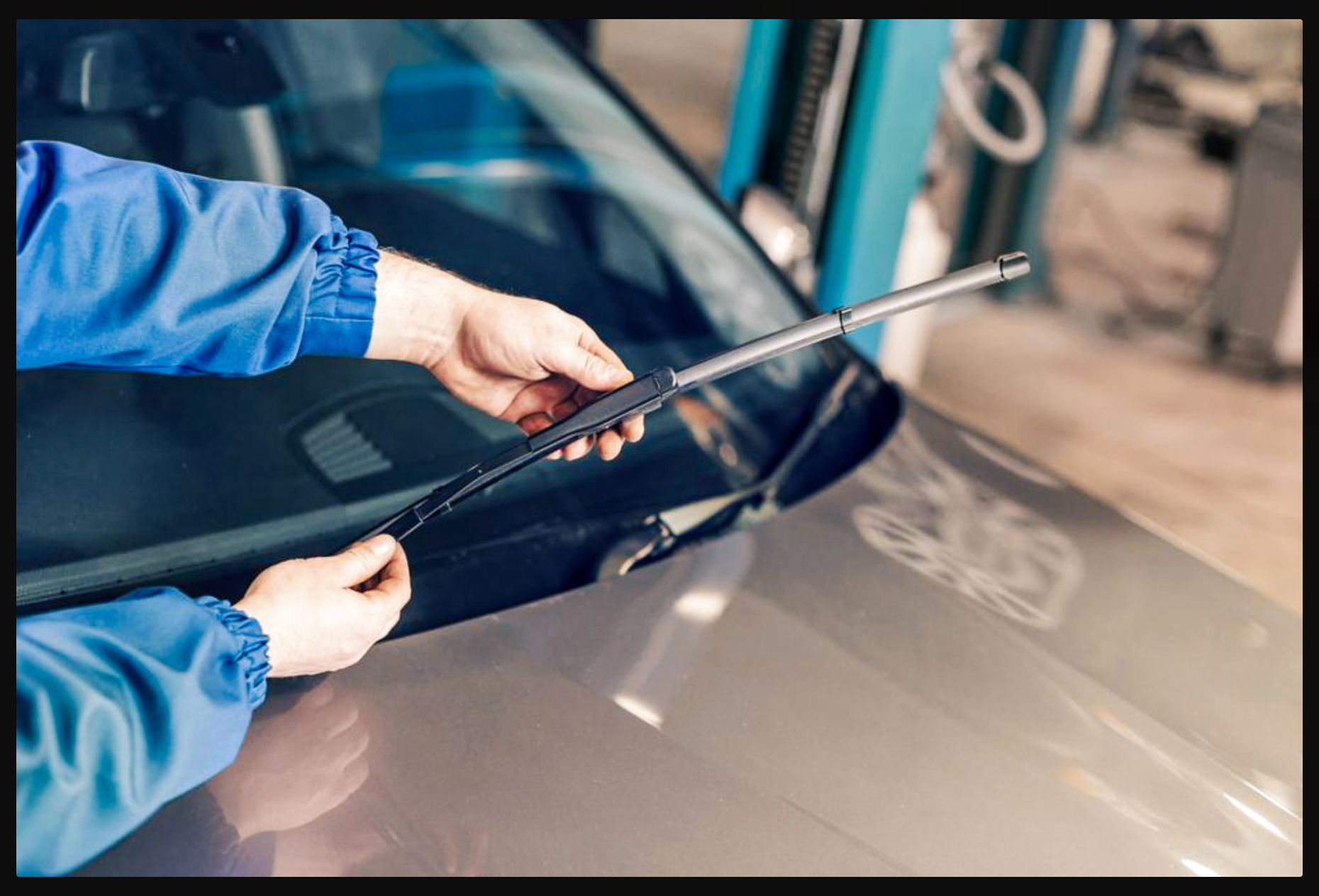Home
>
Car Care Talk
>
How to Choose the Right Windshield Wiper Blades (And Why Prices Vary So Much)

How to Choose the Right Windshield Wiper Blades (And Why Prices Vary So Much)
Clear visibility in rain, snow, or even a dusty breeze starts with the right windshield wiper blades. Yet, a quick trip to any auto parts store reveals a dizzying range of options and prices. Here’s how to confidently choose the best blades for your car—and why some cost so much more than others.
The first step is knowing the main types of wiper blades available:
-
:
These are the classic, budget-friendly choice. A metal frame holds a rubber strip, providing basic wiping performance. They’re widely used on older vehicles and are easy to replace, but can struggle in heavy rain or snow and are prone to wind lift at high speeds. -
:
Made from a single piece of rubber or silicone, beam blades contour perfectly to your windshield’s curve. They offer superior, streak-free wiping, especially in extreme weather, and are more aerodynamic for quieter operation at highway speeds. They’re standard on many new vehicles and last longer than conventional blades—but they cost more. -
:
These combine the sturdy frame of conventional blades with the sleek, flexible wiping edge of beam blades. Hybrids deliver all-weather performance and improved durability, sitting in the mid-range for price and performance.
Getting the correct size is crucial. Too short, and you’ll have uncleared patches. Too long, and blades may collide or fail to fit. Here’s how to get it right:
-
for blade size recommendations.
-
(just the rubber, not the arm) with a tape measure.
-
from auto parts stores—just enter your car’s make, model, and year.
-
—most staff can quickly find the correct fit for you.
Don’t forget the rear wiper if your vehicle has one—it’s just as important for safety.
Wiper blade prices can range from $10 to $30 (or more) per blade. Here’s what drives the cost:
| Factor | Impact on Price and Performance |
|---|---|
| Premium blades use silicone or high-grade rubber for longer life and better performance. Cheaper blades use synthetic rubber, which wears out faster. | |
| Beam and hybrid blades with aerodynamic shapes, spoilers, or water-repellent coatings cost more but offer quieter, more efficient wiping and better high-speed performance. | |
| Well-known brands invest in research and quality control, often charging more for reliability and warranty support. | |
| Specialty blades for luxury or rare vehicles can be pricier due to unique fittings or limited availabilit. | |
| Some premium blades are designed to be refilled, offering better long-term value despite a higher upfront cos. |
are often made with inferior materials and may not last a full season, leading to more frequent replacements and potential windshield damage. Premium blades last longer, perform better in all weather, and may ultimately save money and hassle over time.
Most experts recommend replacing blades every 6–12 months, or sooner if you notice:
-
Streaking, smearing, or missed spots
-
Squeaking or chattering noises
-
Cracked, split, or worn rubber
Regular inspection and timely replacement are key to safe driving, especially before the rainy or snowy season hits.
-
: If you face harsh winters, invest in beam or hybrid blades. For mild climates, conventional blades may suffice.
-
: Sometimes, mid-range or store-brand blades offer great value. Read reviews and consider your driving conditions.
-
: Most blades are easy to replace at home, avoiding labor costs.
Choosing the right wiper blades is about balancing fit, performance, and budget. While premium blades cost more upfront, they often deliver better visibility, durability, and peace of mind—especially when the weather turns rough. Don’t skimp on this small but vital safety feature; your clear view of the road depends on it.
Share

